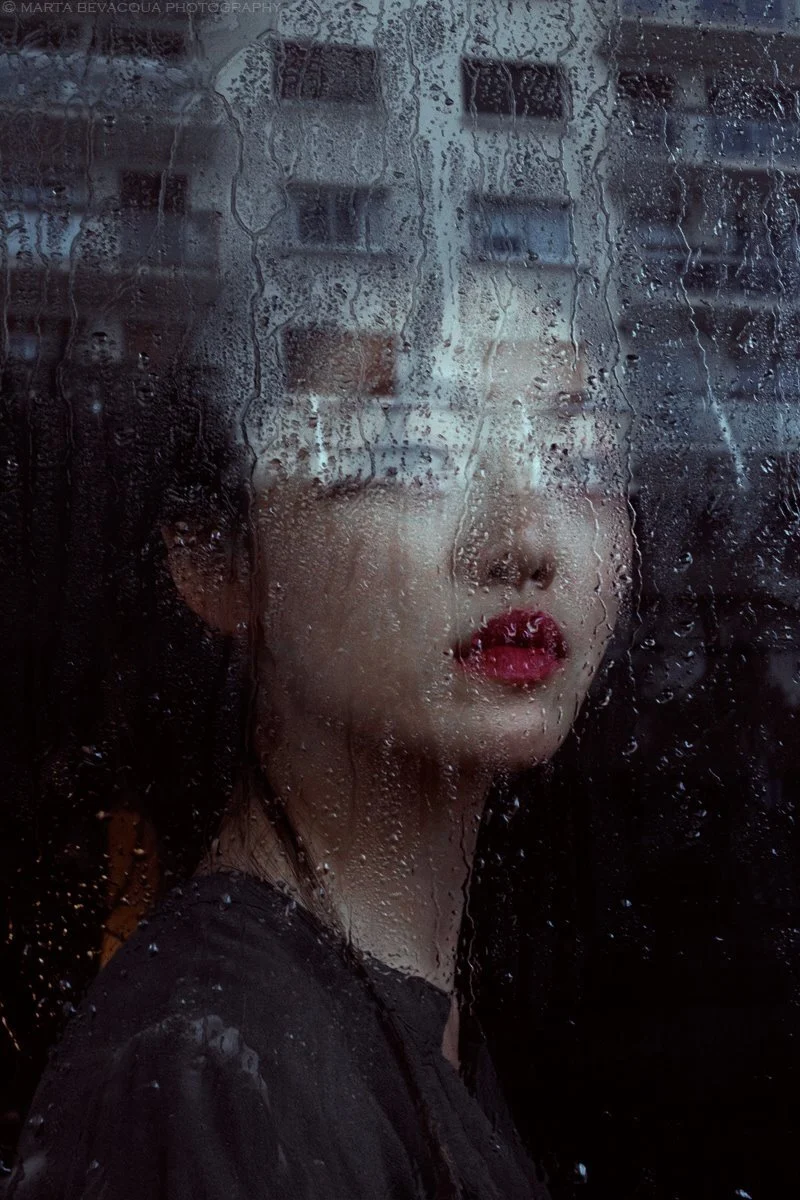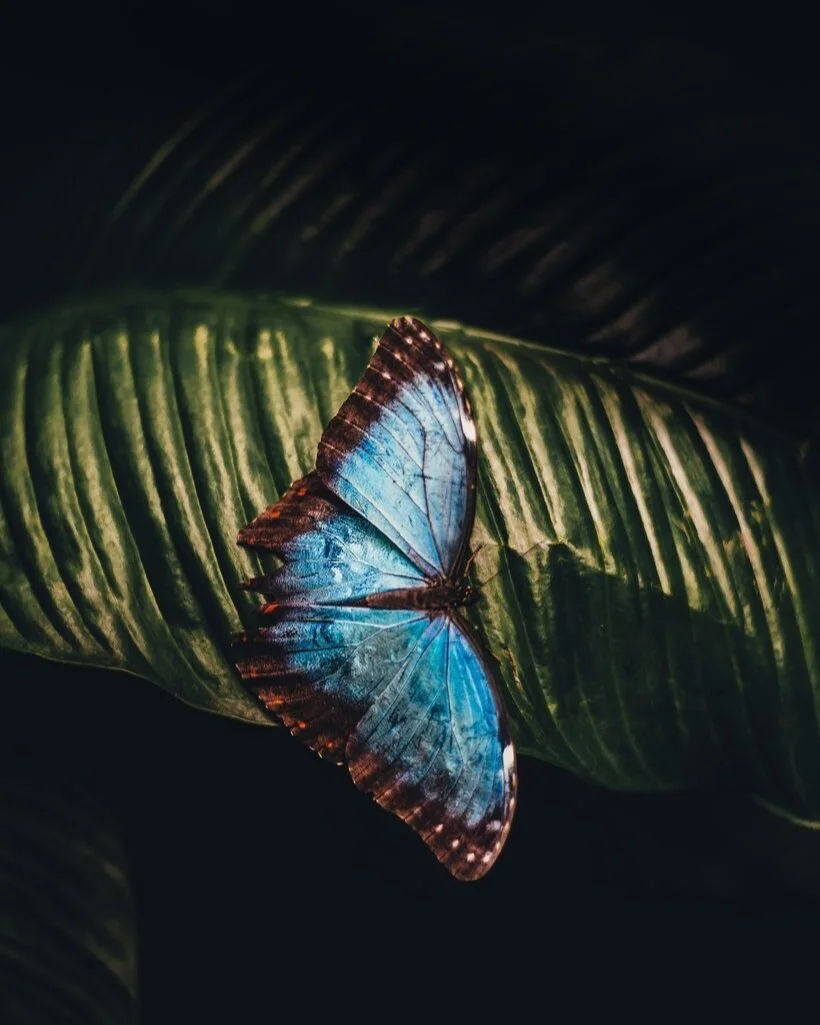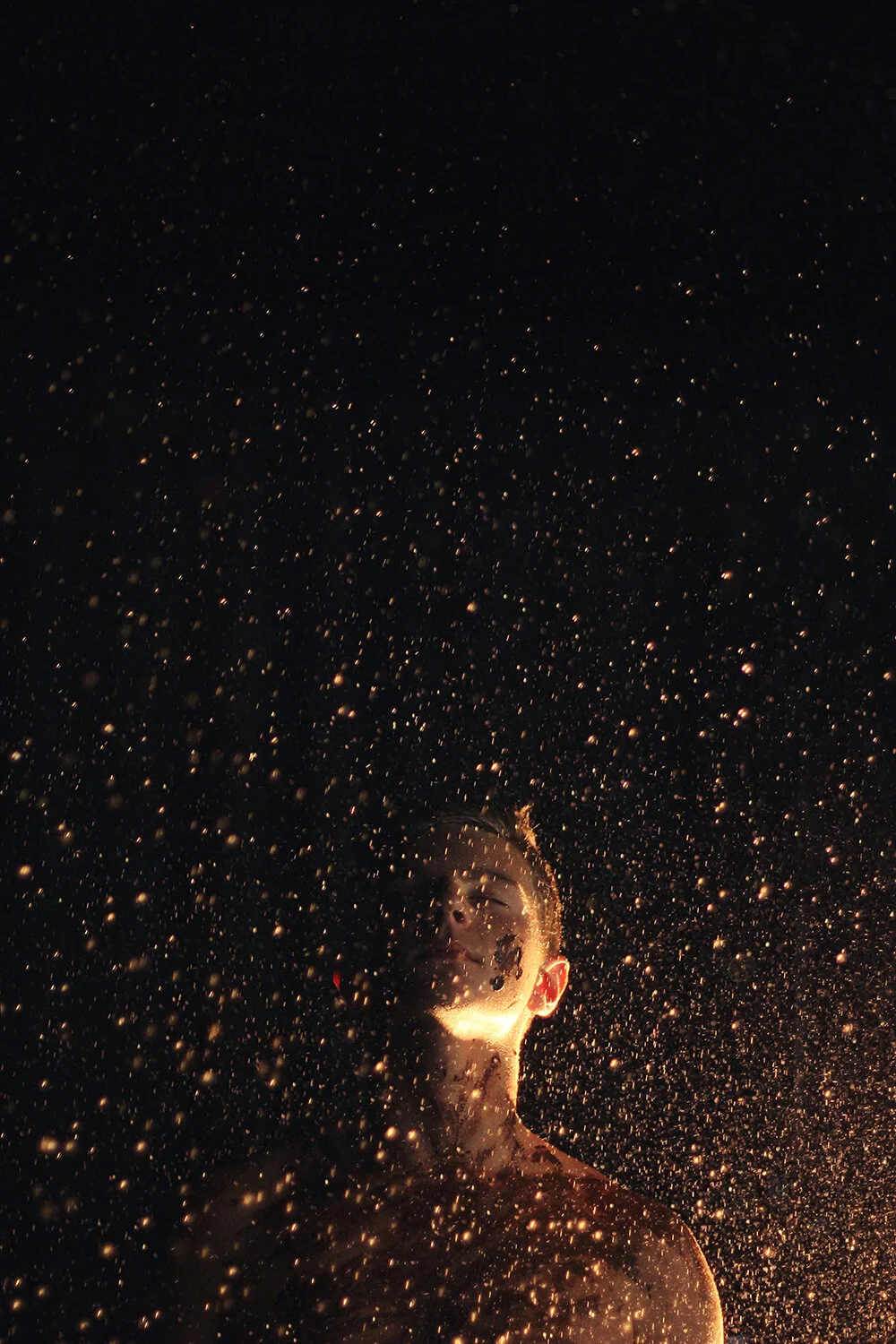Shapeshift 2
I’m talking on the phone to friend and fellow writer, Ann Jacobus, who lives in San Francisco.
As she talks, I’m watching the way the Amsterdam rain hits my bay window sideways. Lots of things slip sideways here, as if sideways is a portal to dreams.
I’m lying sideways on my blue velvet sofa, dreaming of Californian gardens filled with fairy lights and plump fruit like avocado and lemon. I ask Ann if someone slipped out from behind the avocado tree in her garden and offered a sideways shift into her truest form what form that would be?
A big snowy owl, she says, without hesitation. The only problem being I’m a morning person and at my best early in the day. But if I am going to enter the animal kingdom, I like the idea of nocturnal solitude when most creatures are asleep. Of serenely keeping watch in some vast, frozen, evergreen forest, breaking occasionally for a rodent snack. I think of the wonderful, weird book OWL IN LOVE by Patrice Kindl.
OWL IN LOVE is one of my favorite books. It’s all about following your heart, regardless of whether the shape that makes it beat is feathered or skin-clad. Like OWL, herself, I’m a romantic.
My shapeshifting book, Sophie Jack Crow, tackles first love along with other things, like family and fitting in. Sophie, herself of mixed black bird heritage, finds herself falling for a magpie. I have always had a thing about magpies. It’s something to do with that magic line that separates the black and white of their feathers.
Ann is also interested in lines, particularly the lines that mark the liminal space between life and death.
I’m interested in death itself, and in our attitudes (in the west anyway) toward the end of life as we know it. I think of the owl as wise, of course, and intuitive, but also associated with transitions . . . and death.
The energy of the line between life and death is probably fear. Fear of change, fear of the unknown and fear of changing form. Shapeshifting is not easy, and if, like my protagonist’s father, you get transfigured into a small bird for a very long time against your will, you might not even remember what it means to be human.
Ann’s always been interested in the deepest lines. Her last book was a meditation on the lines between darkness and light in the mind of an American teenage girl living in Paris.
I volunteer on a suicide crisis line and have long been interested in mental health and the self-care that’s so important in coping with mental health struggles. Having family members who have suffered from bipolar disorder and having wrestled with depression and suicidality myself as a teen, shapeshifting is a wonderfully accurate metaphor for the mood swings or personality changes that can occur when someone is suffering from mental illness. To think of a loved one as simply shapeshifting temporarily, is kind of cool.
Sophie Jack Crow is struggling with shapeshifting of a different kind – with finding her wings and discovering what it means to connect with the deepest, oldest part of her ancestral line. She’s trying to own who and what she is. Sophie’s grandmothers want to help, but those old birds, one Jackdaw, one Crow, do not get along – even when it comes to passing on secrets that come with years (or centuries, in the case of Sophie’s grandmothers) of shapeshifting. Of knowing what it means to be human and to live among humans, while all the time being slightly different. Sometimes we pass on gifts we don’t realize to our offspring, and sometimes the gifts we most want to give are the ones that elude the receiver until the time is right.
Ann just became a grandmother, so I ask if she could give the gift of shapeshifting what she would offer and why?
I would offer my granddaughter the chance to become a fish, an ant, a badger, and a goose, as Merlin did with the “Wart” in White’s ONCE AND FUTURE KING, THE SWORD AND THE STONE. The knowledge he gained with this shapeshifting was immense and fundamental, and I often think of how it’s not just empathy, but really being something else – “walking a mile in another’s moccasins” (which by the way did not come from Native American lore but from a poem written by Mary T. Lathrap in 1895, called “Judge Softly”) – that is the only certain way to understand a point of view. And writers are all about point of view.
Writers are also about shapeshifting and gifts and wisdom, I think. Like the Celtic Goddess of creativity, magic and darkness, Cerridwen, who forced the boy Gwion to guard a magic potion meant for her son. But when Gwion tasted it by accident, all its power fell to him. The power to shapeshift, to know everything and to craft story.
In order to flee Cerridwens’ fury, Gwion became a hare and Cerridwen pursed him as a greyhound. To escape her he dived into the waters as Salmon, and Cerridwen pursued him as Otter. When Gwion shapeshifted to small bird, Cerridwen pursued him as hawk. Finally, Gwion fell to earth as a grain of wheat and hid in a storehouse with a thousand others. But Cerridwen turned black hen, and ate him. For nine months he turned inside her, ruminating on the essence of water, wheat and sky, until finally understanding the secrets of the three worlds Cerridwen gave birth to him as a baby boy and the greatest storyteller of all time.
Writers, like storytellers, are about different points of view. And the best have the courage to shapeshift into whatever form it takes to find a truth and write from it.
Ann Jacobus is the author of YA novel, Romancing the Dark in the City of Light, short fiction, essays, and poetry. She has two novels in the works, one about a young suicide-prevention worker in San Francisco whose dying aunt wants help with assisted suicide, and another about a young medium coming into her abilities to help with a mysterious death in her conservative-Christian Arkansas town. Find more at www.annjacobus.com




